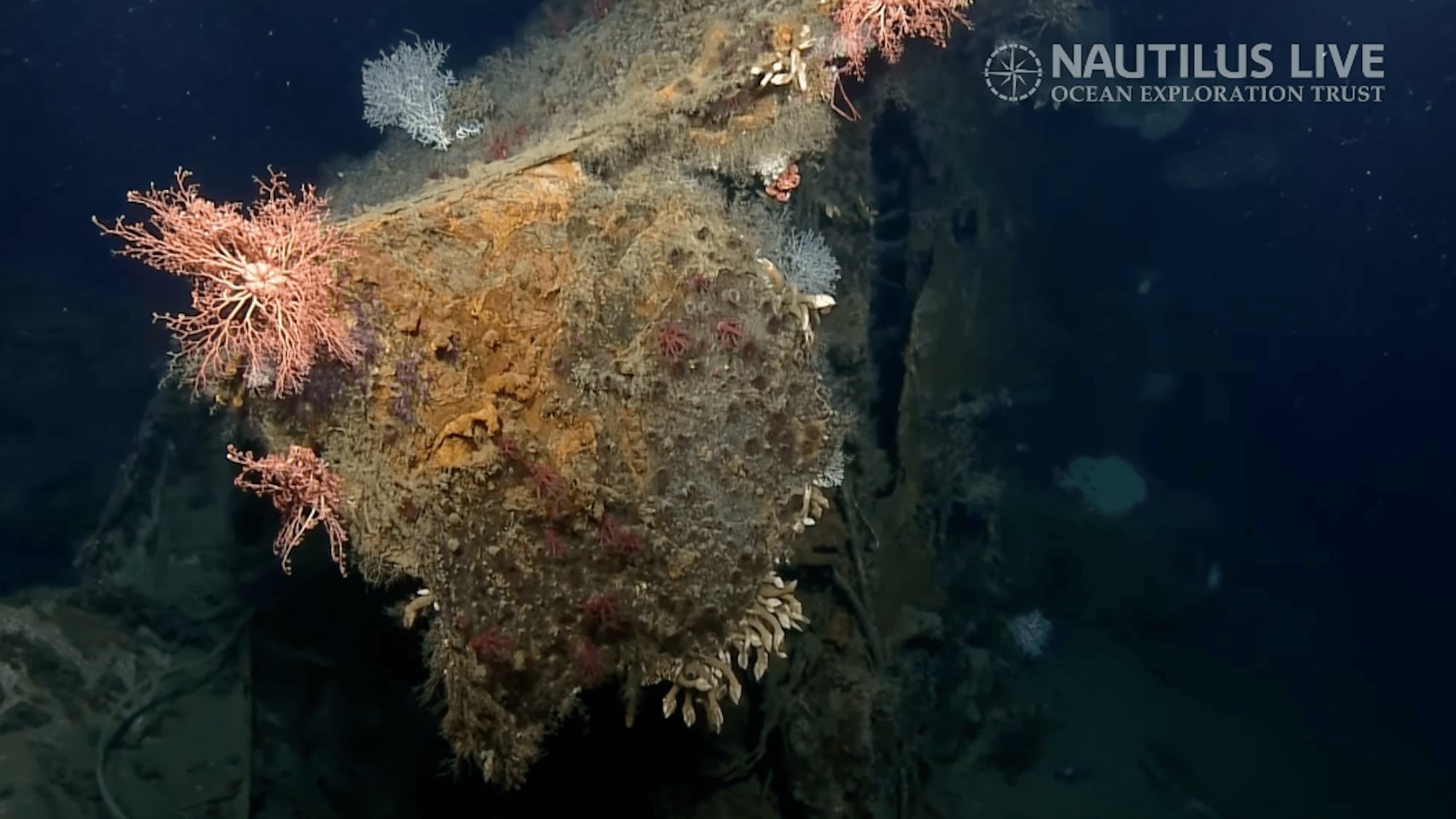Now Reading: WWII Shipwreck Fragment Unveils Tale of Remarkable Rescue
-
01
WWII Shipwreck Fragment Unveils Tale of Remarkable Rescue
WWII Shipwreck Fragment Unveils Tale of Remarkable Rescue

Rapid Summary:
- The nearly 100-foot-long bow section of the USS New Orleans, lost during World War II, was discovered near Solomon Islands in the South Pacific by researchers from Ocean Exploration Trust aboard NOAA’s Nautilus vessel.
- The discovery occurred during a 21-day archeological survey of Iron Bottom Sound using remotely operated vehicles (ROVs).
- On November 30, 1942, the USS New Orleans suffered a torpedo strike during the Battle of Tassafaronga that killed 182 sailors and detached its large forward bow section.
- Ingeniously, surviving crew members crafted a makeshift bow using felled coconut trees and attached it to sail backwards to Sydney for repairs; the vessel remained in service until its decommissioning in 1947.
- Researchers confirmed the identity of the wreckage at a depth of 2,214 feet and are withholding its exact coordinates to preserve integrity. The remains are covered with marine life and traces of modern trash.
Images:
- !USS New Orleans bow underwater – Wrecked bow covered in sea life.
- !Superimposed wreckage map
For more details: Read More
Indian Opinion Analysis:
While this discovery centers on World War II history tied to American naval forces, India’s stake lies strongly in global maritime archaeology’s growing significance for preserving cultural heritage across international waters-a lesson applicable to India as it houses sites like Dwarka submerged cities and various colonial-era shipwrecks along its coastlines.
The inventive actions by USS New Orleans’ crew reflect human resilience under adversities-a notable trait shared globally-including India during key historic naval engagements such as Portuguese battles shaping Indian dynamics centuries prior individually nations e++.. sharing trends

























